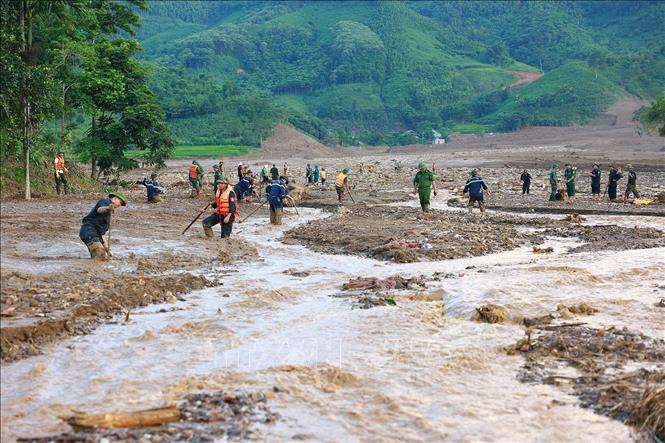
After the storm has passed, along with the reconstruction and overcoming the consequences, lessons have been learned from the response, along with actions with sustainable and long-term solutions to proactively respond and limit damage in the context of increasingly complex climate change. These are necessary solutions and actions in the spirit of Conclusion No. 81-KL/TW dated June 4, 2024 of the Politburo on continuing to implement Resolution No. 7 of the 11th Central Committee on proactively responding to climate change, strengthening resource management and environmental protection.
VNA has published a series of articles summarizing experiences in dealing with major storms, long-term solutions to adapt to increasingly complex climate change, and lessons in infrastructure planning to enhance Tokyo's (Japan) resilience to natural disasters and earthquakes.
Lesson 1: Lessons from Super Typhoon Yagi
Yagi is the strongest storm in the past 30 years, and it does not follow the usual rules, it is very complicated, so even with preparation and response, it is inevitable that there will be damage, impact on people's lives, road infrastructure, agricultural production, economic sectors... Storm Yagi and the post-storm circulation have a very large area of influence, spanning 26 provinces and cities in the entire North and Thanh Hoa (accounting for over 41% of GDP and 40% of the country's population), combined with the flood discharge in the upstream of some large rivers, causing prolonged heavy rain, flooding, flash floods, landslides... occurring seriously in many areas.
Lessons on the power of unity
The entire political system has taken drastic measures to respond to the super storm. General Secretary and President To Lam directly inspected and directed the response and recovery work in a number of localities. Prime Minister Pham Minh Chinh inspected and continuously issued telegrams to respond to storm No. 3. The Government issued Resolution No. 143/NQ-CP dated September 17, 2024 on key tasks and solutions to urgently overcome the consequences of storm No. 3 (Yagi), quickly stabilize the people's situation, promote the recovery of production and business, actively promote economic growth, and control inflation well. Deputy Prime Ministers directly went to localities affected by storms and floods to inspect, urge, and direct the implementation of storm and flood response work; promptly encouraged and visited people in areas affected by storms, floods, landslides, and flash floods. Ministries, branches, localities and forces made efforts to respond to storms and rains.
Armed forces, militia and self-defense forces, and youth volunteers have not hesitated to sacrifice to protect people's lives, health, and property during storms, floods, and landslides. The electricity, telecommunications, water, and health sectors have made efforts to ensure the best supply and overcome the consequences to ensure essential needs.
In difficult times, the tradition of solidarity and mutual love is promoted more strongly than ever. People, organizations, businesses, agencies and localities that have not suffered damage support people, organizations, businesses, agencies and localities that have suffered damage and affected, in the spirit of "having little help little, having much help much; having wealth help wealth, having merit help merit", "mutual love", "the whole leaf covers the torn leaf, the torn leaf covers the more torn leaf" as called for by Prime Minister Pham Minh Chinh. Relief convoys from the Central and Southern regions set out to support areas affected by storms and floods.
According to the forecast of the Ministry of Planning and Investment, the growth rate of the whole country and many localities in the last 6 months of the year will slow down. GDP growth in the third quarter of the whole country may decrease by 0.35%, and in the fourth quarter by 0.22% compared to the scenario without storm No. 3. The whole year GDP is estimated to decrease by 0.15% compared to the scenario where growth is estimated to reach 6.8-7%.
The massive damage from super typhoon Yagi also shows the increasing impacts and challenges from extreme weather phenomena in the context of increasingly complex climate change. Climate change causes stronger storms, forest areas to decrease, rapid urbanization, and lake areas to be gradually filled or wiped out...
The Ministry of Agriculture and Rural Development pointed out that severe, prolonged, and widespread flooding occurred in many localities, including mountainous urban areas, due to urbanization, construction, and encroachment, reducing the flood drainage capacity of rivers and streams, causing prolonged flooding.
Mr. Thai Ba Ngoc, an expert in environmental geology at Ho Chi Minh City National University, also assessed that the transition from El Nino to La Nina causes complex weather conditions, along with the impact of climate change, causing La Nina to have anomalous factors, causing more severe and prolonged heavy rains, floods, and landslides. In addition, rivers or steep slopes and slopes affected by human activities such as deforestation and slope cutting tend to commonly occur geological disasters. This also explains the cause of flash floods and landslides in Lang Nu (Lao Cai) as well as in mountainous provinces.
From responding to and overcoming the devastation caused by super typhoon Yagi, there are also lessons learned in storm and flood prevention and control. At the conference to review, evaluate and draw lessons on the work of preventing, combating and overcoming the consequences of storm No. 3, Prime Minister Pham Minh Chinh emphasized 5 important lessons learned after super typhoon Yagi. That is, forecasting and warning must be timely, accurate, and early from afar; leadership and direction must closely follow the situation, be resolute, decisive, dare to take responsibility, have a focus, all for the benefit of the nation, the people, the country; put the goal of protecting the lives, health and property of the people and the state above all, first of all to mobilize all resources of society and the state, especially the 4 on-the-spot motto for prevention and overcoming the consequences. Sectors and levels must base on the functions, tasks, powers and directions of superiors and the actual situation to proactively and actively implement tasks and solutions.
The Prime Minister also emphasized the importance of communicating information about the actual situation and providing guidance and disseminating skills in responding to, preventing, and overcoming the consequences of storms and floods.
Long-term action
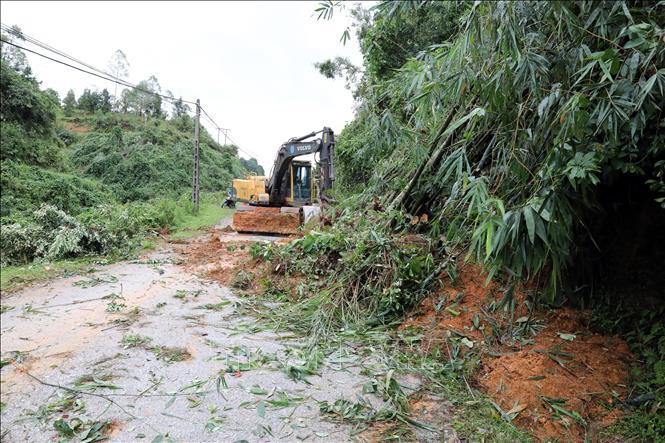
Although localities have made efforts to minimize the extent of damage and promptly overcome the consequences of storm No. 3, there are also lessons to be learned when the super storm passes. In the long term, according to the Ministry of Agriculture and Rural Development, the important task is to strengthen forest management, protection and development, and improve forest quality, especially natural and protective forests. Strengthen forecasting, warning, and reduce damage caused by flash floods, landslides, and floods; focusing on improving the quality of quantitative rainfall forecasting to serve flash flood and landslide warning. At the same time, complete the zoning of natural disaster risks, create natural disaster warning maps, especially detailed flash flood and landslide risk zoning maps down to the village level...
The Ministry of Agriculture and Rural Development also emphasized the construction of works to prevent flash floods and landslides in key and vulnerable areas; the construction and installation of automatic flash flood warning stations in areas at high risk of flash floods...
Associate Professor, Dr. Tran Le Luu, coordinator of the Master's Program in Technology, Reuse and Water Management (Vietnam-Germany University) also said that the authorities need to do a good job of planning houses on mountain and valley slopes, and need to plant forests to cover bare hills; install stone cages and iron nets on mountain slopes to prevent landslides and soil erosion. Before each rainy and stormy season, specialized agencies need to conduct surveys, assess the possibility of flash floods and have plans to prepare drills and evacuations when necessary.
The work of forecasting and warning early, accurately, and on a narrow scale, especially about rain, floods, flash floods, and landslides, plays a leading and important role in directing, operating, and responding to natural disasters. Therefore, it is necessary to promote the application of science and technology in forecasting, warning, and assessing the risks of natural disasters, landslides, flash floods, etc.
Along with that, infrastructure development must be closely linked to natural disaster prevention and control; fully assess and forecast the impacts of geological factors, flows, etc. during the process of building infrastructure systems when implementing projects; invest in infrastructure, build flood prevention works such as dykes, seawalls, etc., taking into account high-level natural disaster prevention factors.
Regarding sustainable and long-term solutions to have a proactively adaptive economy in the context of increasingly complex climate change, according to Minister of Planning and Investment Nguyen Chi Dung, it is necessary to promote green growth, sustainable development, ensuring harmony between economic development and environmental protection, and climate change adaptation.
At the 26th Conference of the Parties to the United Nations Framework Convention on Climate Change (COP26), Prime Minister Pham Minh Chinh strongly committed Vietnam to reduce net emissions to zero by 2050. Energy transition and transition to green production models are indispensable factors to achieve Vietnam's sustainable development and climate change adaptation goals.
However, as one of the countries heavily affected by climate change, the roadmap for building a green economy still faces many barriers. Mechanisms, policies, and specific legal documents towards implementing a green economy in Vietnam have not been completed, only stopping at proposing approaches, mainly focusing on green growth; awareness of protecting natural resources and the environment is not high; financial issues and capital sources for implementing the goal of building and developing a green economy are still lacking; production technology in Vietnam compared to the world is mostly old technology, consuming a lot of energy, poor waste treatment leading to low production efficiency. Clean energy production industries, such as wind, solar... have not developed strongly enough to meet national energy needs.
Associate Professor, Dr. Vu Trong Lam, Director - Editor-in-Chief of the National Political Publishing House, said that in order to continue to develop the green economy effectively, Vietnam needs to perfect the system of policies on synchronous green economic development, creating favorable conditions for the participation of businesses and people in the green economy; at the same time, promoting responsibility and changing the production, business and consumption behavior of businesses and people in the direction of "greening", sustainability and environmental friendliness, in order to contribute to reducing environmental pollution, restoring resources and ecosystems.
In the agricultural sector, the Prime Minister has approved and will approve environmental protection projects. Vietnamese agriculture still has a lot of room for development if it applies digital transformation, circular economy, traceability and emission reduction. Deputy Minister of Agriculture and Rural Development Phung Duc Tien said that green and organic agricultural production is a trend in the world. In agricultural production, high-emission sectors such as crop cultivation, livestock farming and aquaculture must have drastic and synchronous action solutions to reduce emissions and adapt to climate change.
Lesson 2: Shield against natural disasters
Source: https://doanhnghiepvn.vn/tin-tuc/kinh-te-thich-ung-voi-bien-doi-khi-haus-bai-1-bai-hoc-tu-sieu-bao-yagi/20241002085659989


![[Photo] Keep your warehouse safe in all situations](https://vphoto.vietnam.vn/thumb/1200x675/vietnam/resource/IMAGE/2025/10/1/3eb4eceafe68497989865e7faa4e4d0e)


![[Photo] President of the Cuban National Assembly visits President Ho Chi Minh's Mausoleum](https://vphoto.vietnam.vn/thumb/1200x675/vietnam/resource/IMAGE/2025/10/1/39f1142310fc4dae9e3de4fcc9ac2ed0)
![[Photo] Hanoi morning of October 1: Prolonged flooding, people wade to work](https://vphoto.vietnam.vn/thumb/1200x675/vietnam/resource/IMAGE/2025/10/1/189be28938e3493fa26b2938efa2059e)



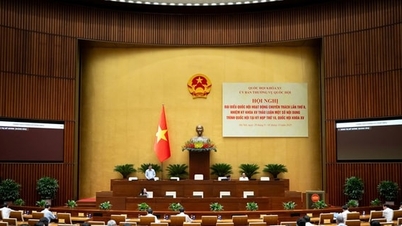

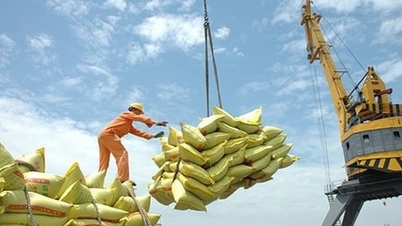
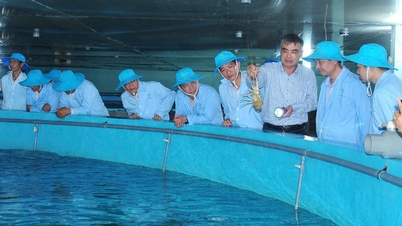








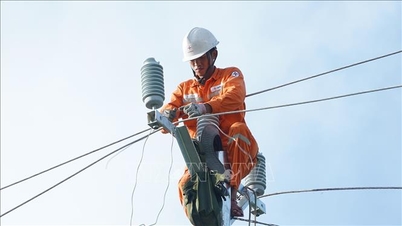
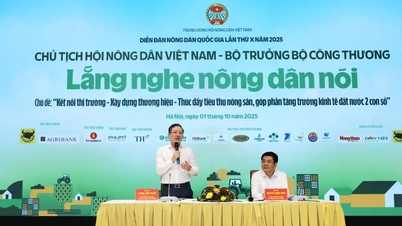
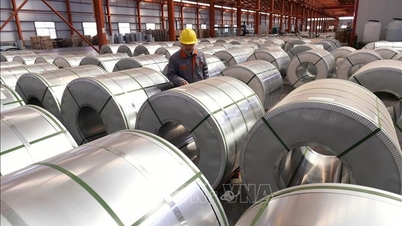





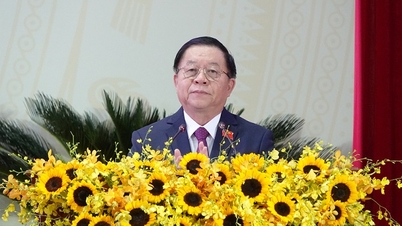


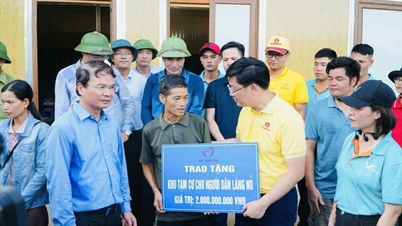
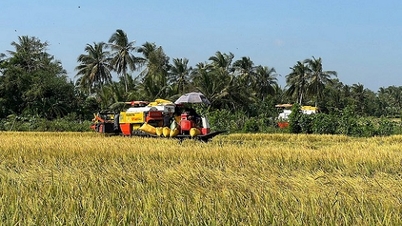
































































Comment (0)